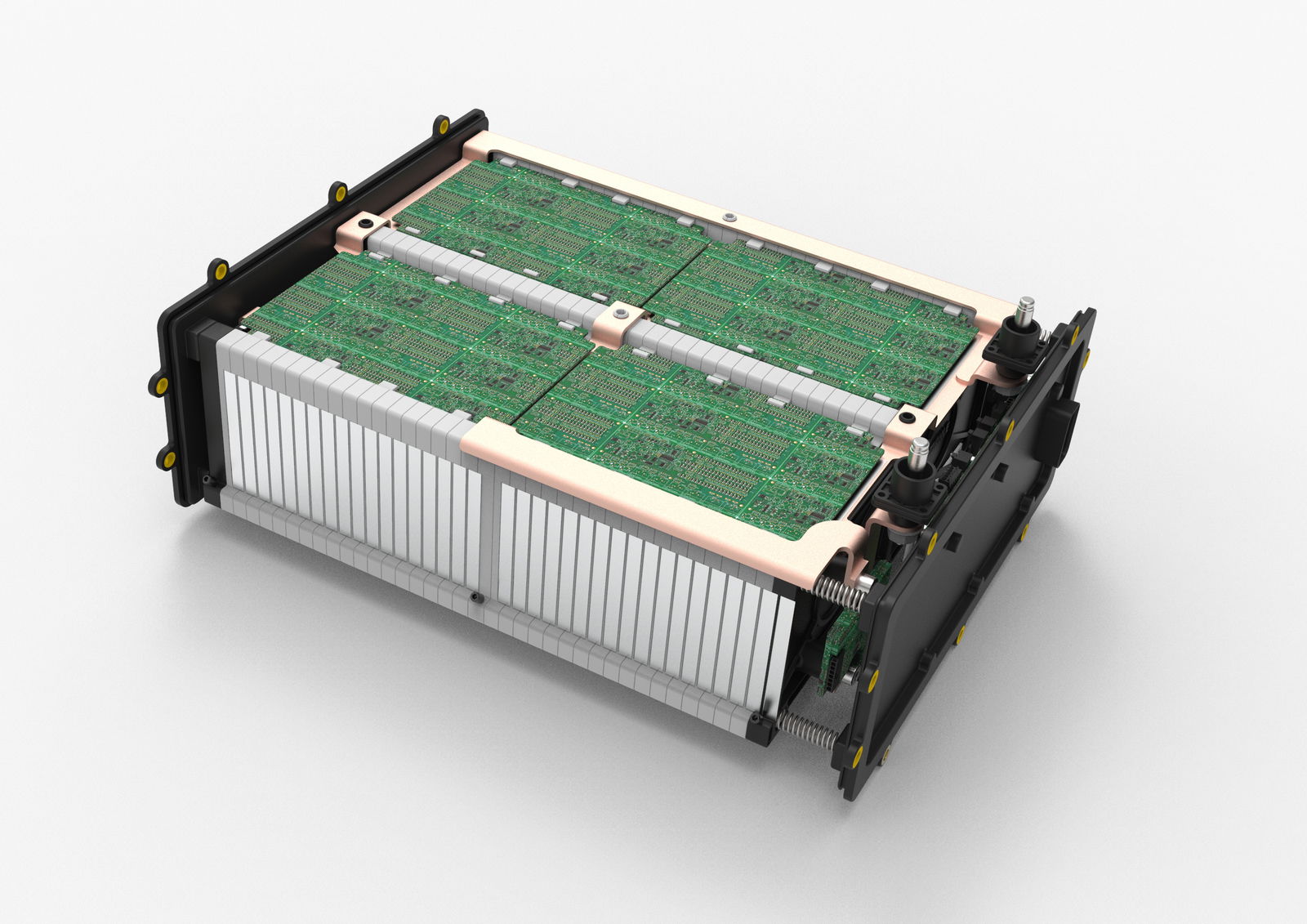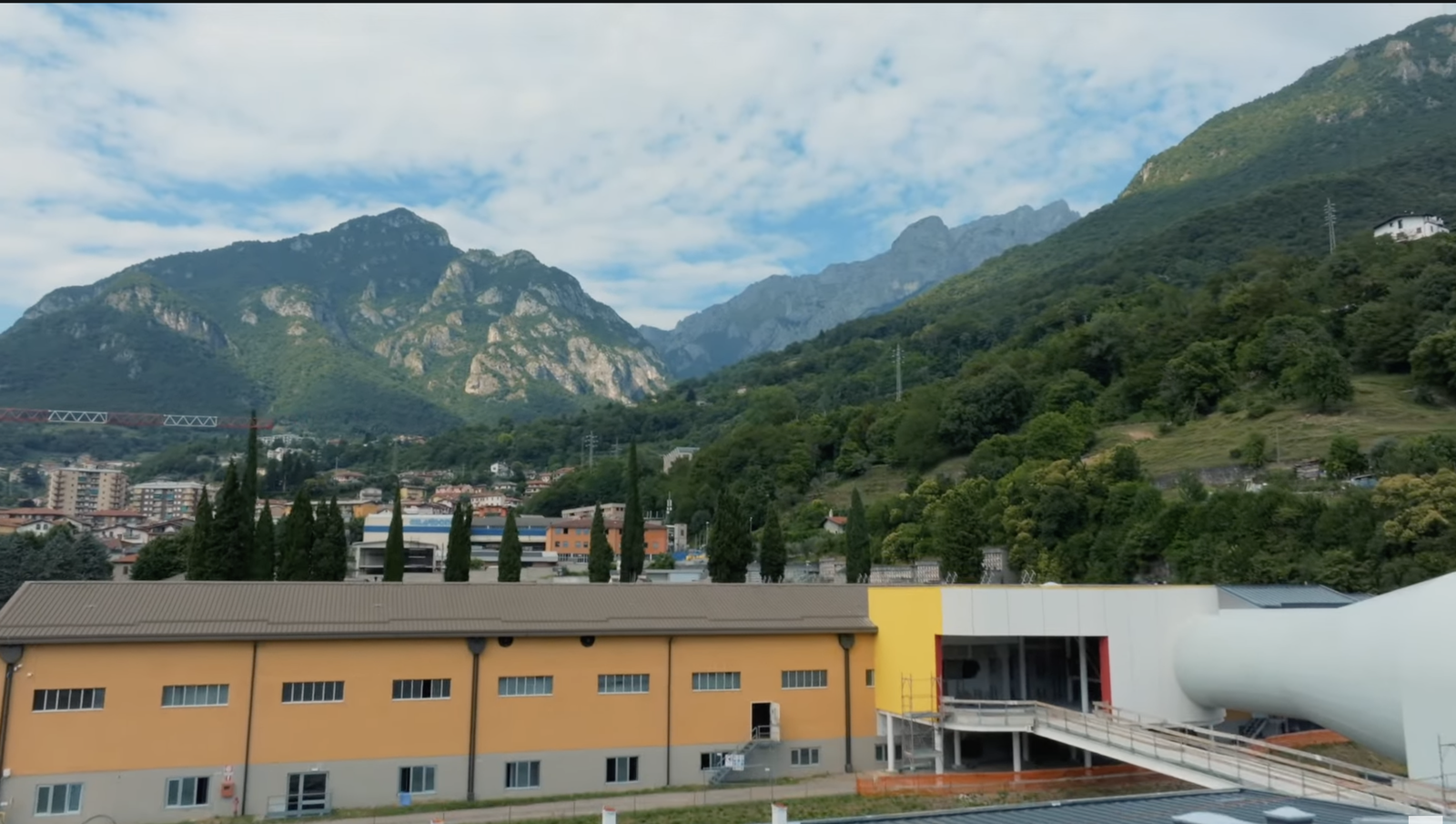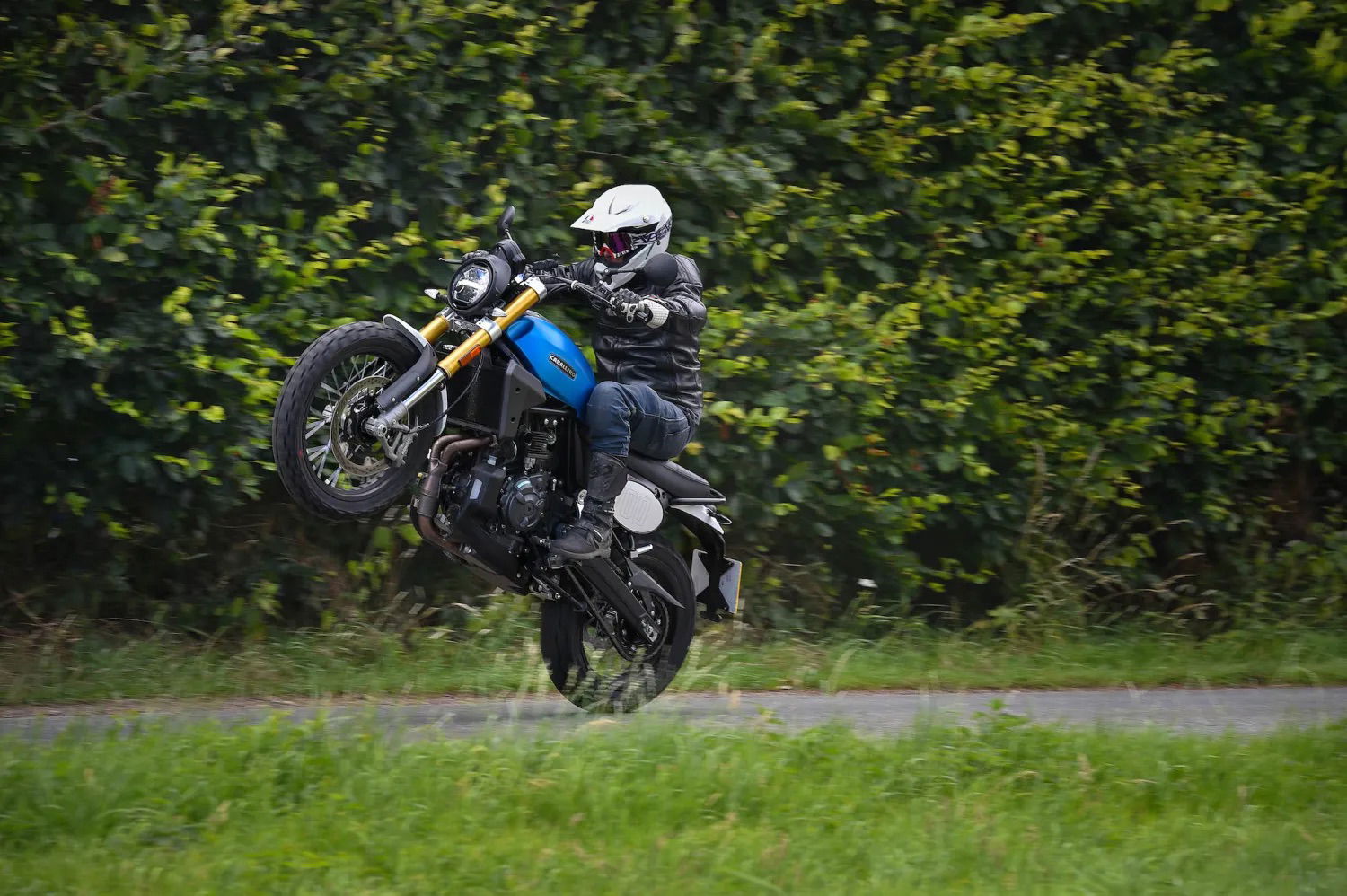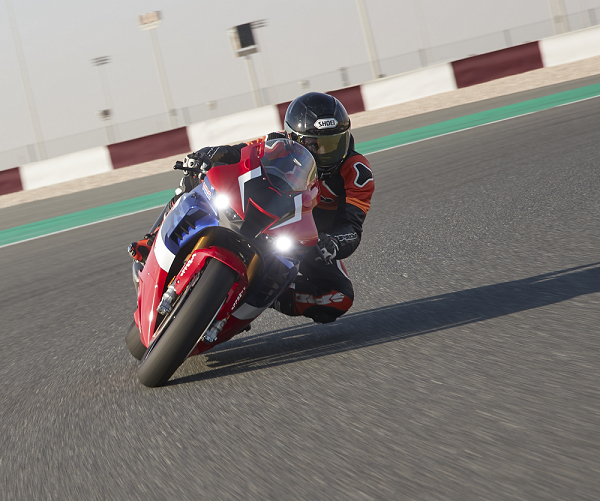Bajaj is struggling to build enough bikes due to a critical supply shortage
A shortage of materials critical to EV production is holding back Bajaj, with it claiming that it will only hit 50 to 60 per cent of its target.

Despite being one of the biggest automakers on the planet, India’s Bajaj Auto is struggling to meet its own targets for manufacturing EVs.
Confirming the news on a post-earnings call earlier this week, Bajaj Auto's chief financial officer, Dinesh Thapar, stated:
"At this point in time, it looks like we might be able to deliver about 50%-60% of our (electric) two-wheeler plan for this quarter and about 70%-80% of the (electric) three-wheeler plan,"
The slow production is being blamed on a lack of rare earth minerals, which are critical components when it comes to building electric vehicles - and India is a key market in the electric bike, three-wheeler and commercial vehicle sector. Lightweight motorcycles and scooters make up a huge proportion of the total vehicles on the roads, and with battery-powered vehicles being most at home in congested cities, it’s a key growth region for the technology
While the news from Bajaj specifically relates to its electric three-wheeler output (Bajaj builds a range of electric tuk-tuk-style commercial vehicles), the situation could spell trouble for India’s numerous smaller electric motorcycle makers. Bajaj is a vast company, employing an estimated 8,800 people and producing more than 6 million vehicles in 2024. If a company of that size is struggling with supply, India’s smaller EV makers, such as Ultraviolette, could also be feeling the pinch.
Rare Earths and EVs: What’s actually going on beneath the fairing?

Electric vehicles. Love them or loathe them, they’re here, they’re growing in numbers, and they’re changing how some people think about the future of transport. But as the industry charges forward, questions keep popping up about what goes into making an EV tick or rather, whirr.
A lot of the spotlight tends to shine on the batteries, and for good reason. They’re heavy, expensive, and come with their own environmental baggage. But rare earth elements aren’t used in lithium-ion batteries, that’s a common misconception. Your EV battery pack is mostly full of lithium and cobalt, not rare earths.
It’s all about the magnets.

Electric motors, the things that actually get your e-motorcycle moving, rely on magnets, and it’s here that rare earths really earn their keep. We’re talking about materials like neodymium and samarium, plus the occasional splash of terbium or dysprosium for extra performance or heat resistance.
The two headline acts in the rare-earth magnet world are neodymium-iron-boron (NdFeB) and samarium-cobalt (SmCo) magnets. These things are compact, incredibly powerful, and perfect for the high-performance demands of EV propulsion systems, including those found in two-wheeled machinery.
So, while rare earths might not be inside the battery cells themselves, they’re absolutely key to making electric motors spin efficiently and powerfully, which, when you're trying to match the performance of a combustion engine, is kind of a big deal. China holds the largest reserves of rare earth minerals and dominates global production and processing. Other countries with significant reserves include Brazil, India, Australia, and Russia. Global tensions and trade anxiety may be part of the issues being faced by Bajaj.
Find the latest motorcycle news on Visordown.com.


